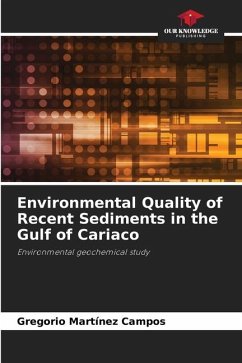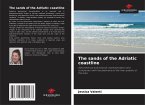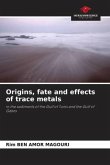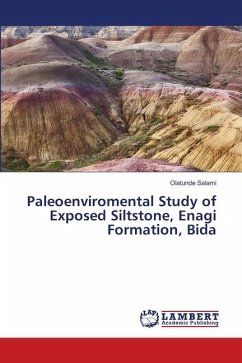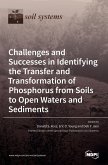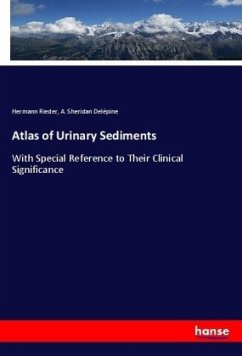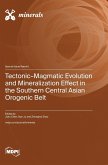The Gulf of Cariaco occupies a predominant place in the northeastern region of Venezuela due to its strategic potential from an economic and food security point of view. On the other hand, it is a very interesting region from the geological, geochemical and hydrodynamic point of view, due to the interactions between the Caribbean and South American plates, which cause different tectonic faults of regional and local interest, as in the case of the Pilar fault, an intense coastal upwelling during the first months of the year that originate a high biological productivity. The concentrations and spatial distribution of the different geochemical variables evaluated and the environmental quality of its sediments are a consequence of the environmental, hydrographic, geological, topographical, hydrological conditions and human activities that take place in the basin of this important body of water.
Bitte wählen Sie Ihr Anliegen aus.
Rechnungen
Retourenschein anfordern
Bestellstatus
Storno

